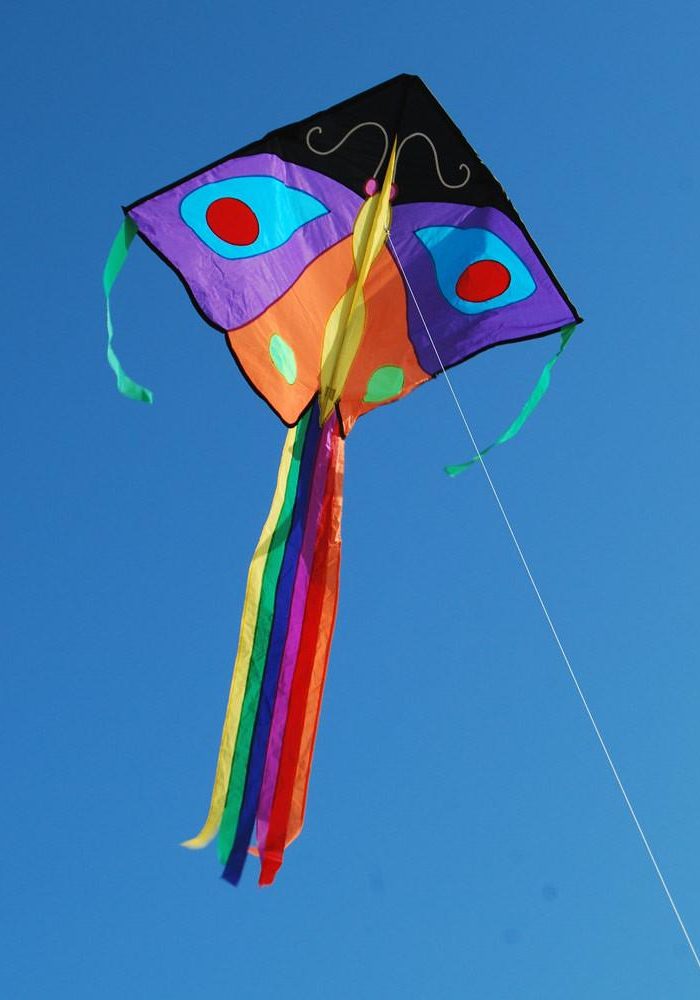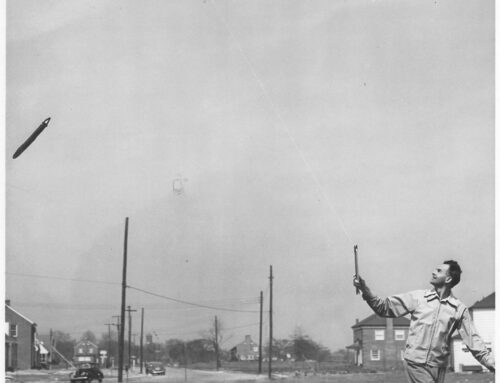how to fly Single Line kites:
Stand with your back to the wind. Hold your kite up by the bridle point and let the line out. If there is sufficient wind, your kite will go right up. Let the kite fly away from you a little, then pull in on the line as the kite points up so it will climb. Repeat this until your kite gains the altitude necessary to find a good steady wind.
Light Wind? Have a helper take the kite downwind and hold it up. On command, the helper releases the kite and the flier pulls the line hand-over-hand while the kite gains altitude. Practice this high-launch technique.
No Helper? Prop the kite up against a bush, post, or wall. Reel out enough line for altitude and simply pull the kite aloft.
If the kite sinks tail first, there might not be enough wind. If it comes down head first or spins, there might be too much wind. Different kites fly in different winds.
Bridles: If your kite has an adjustable bridle, move it higher (nearer the top) in higher winds, and lower (towards the tail) in lower winds. (Adjust no more than 1/2″ at a time.)
Kite Tails: Adding tails to single line kites helps them to remain stable in stronger winds. Use light-weight materials so you can use lots! Looks great!

PROBLEM SOLVING:
If your kite spins and the wind is not too strong
- Too short a tail can cause your kite to spin
- Check to see if the struts are correctly fitted or that both sides of the kites are equal
- On delta kites, make sure the leading edge struts are pushed all the way down into the wingtips. Your tow point (where the line attaches) may be too forward…try moving the tow point toward the nose of the kite
Kite fails to launch but the wind is strong enough to support the kite's weight:
- If a tail is too heavy or long the kite will not fly
- Replace or remove part of the tail
- A tow point is located back so a kite can be flown in light wind conditions or to stop the kite from spinning, too far back and the kite will refuse to fly…relocate the tow point forward
Kite pulls to one side:
- A kite might pull to one side to release wind
- Relocate the tow point forward
- There may be wind conditions that cause the kite to pull to one side. Tape a piece of tail to the opposite side
Submitted by: Kirsten Bissell










Thanks for the tips!! Happy flying!!
[…] your kite in the air? We have a page full of kite flying tips. Still having trouble? Visit our trouble-shooting page to fly your kite […]